There are more than 3,500 sewage pumping stations only in Queensland, Australia. Don’t you think this highlights the important role these facilities play in managing wastewater across Australia? As urban populations continue to grow and environmental standards become more stringent, optimising the operations of these sewage pumping stations becomes essential. This is an era where advanced technologies have emerged as vital solutions to enhance efficiency, reduce operational costs, and ensure reliable performance. Will Australia be able to optimise its sewage framework using top technologies?
This article covers everything about that.
This article covers everything about that.
We will reveal
- What is a Sewage Pumping Station?
- What is the Mechanism of a Sewage Pump?
- Key Technologies to Employ to Optimise the Operations of a Sewage Pumping Station
- SCADA Systems
- IoT Sensors
- Automated Control Systems
- Advanced Filtration Technologies
- Variable Frequency Drives (VFDs)
4. Enhancing the Effectiveness of Sewage Pumping Stations via Right Solutions
What is a Sewage Pumping Station?
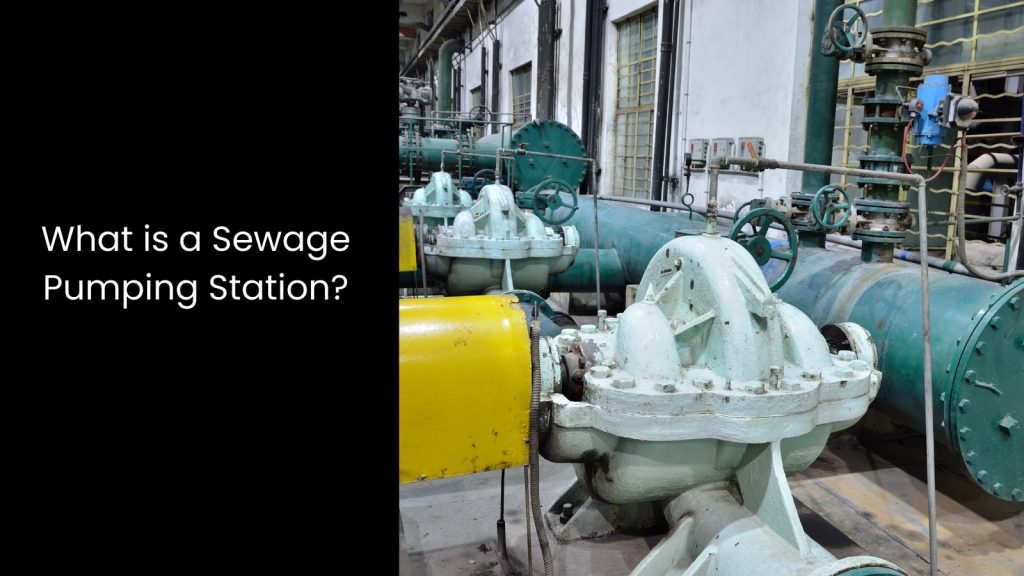
- A sewage pumping station is important in managing wastewater from homes and businesses.
- This facility collects sewage and wastewater from various sources and uses powerful sewer pumps to transport it to treatment plants for proper processing. Sewage pumping stations become especially important in areas where gravity alone cannot move the wastewater, such as low-lying regions.
- Operators design these stations to handle not only sewage but also stormwater, which can overwhelm drainage systems during heavy rainfall. When integrating a stormwater pump station into the infrastructure, municipalities can effectively manage excess water and prevent flooding.
- Each sewage pumping station features a network of pipes, valves, and controls that monitor flow levels and ensure efficient operation. This is why they require top-notch tools to handle everything smoothly.
What is the Mechanism of a Sewage Pump?
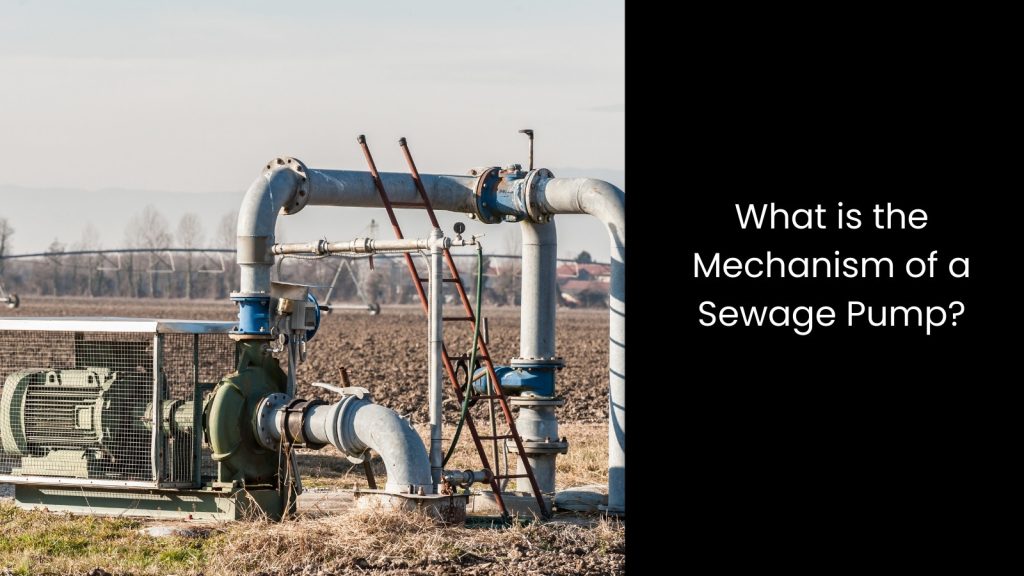
- It operates through a series of components that work together to efficiently move wastewater from one location to another. At the heart of a sewer pump system, the impeller plays a crucial role by rotating rapidly to create a flow of water. As the impeller spins, it generates a centrifugal force that pushes the sewage towards the discharge pipe. This movement allows the sewer pump to lift the wastewater from lower levels, such as basements or underground tanks, to higher elevations where gravity can take over.
- The design of sewer pumps includes a robust casing that prevents clogging and damage from solid waste, ensuring smooth operation. Also, the pump carries an inlet screen that filters out larger debris before it enters the pump, protecting the internal components from potential harm.
- Operators have to use control panels to manage the pump’s operation, and this allows them to monitor flow rates, levels, and other important metrics. Advanced sewer pump systems may also include sensors that detect changes in pressure or flow, enabling automatic adjustments to optimise performance.
Key Technologies to Employ to Optimise the Operations of a Sewage Pumping Station
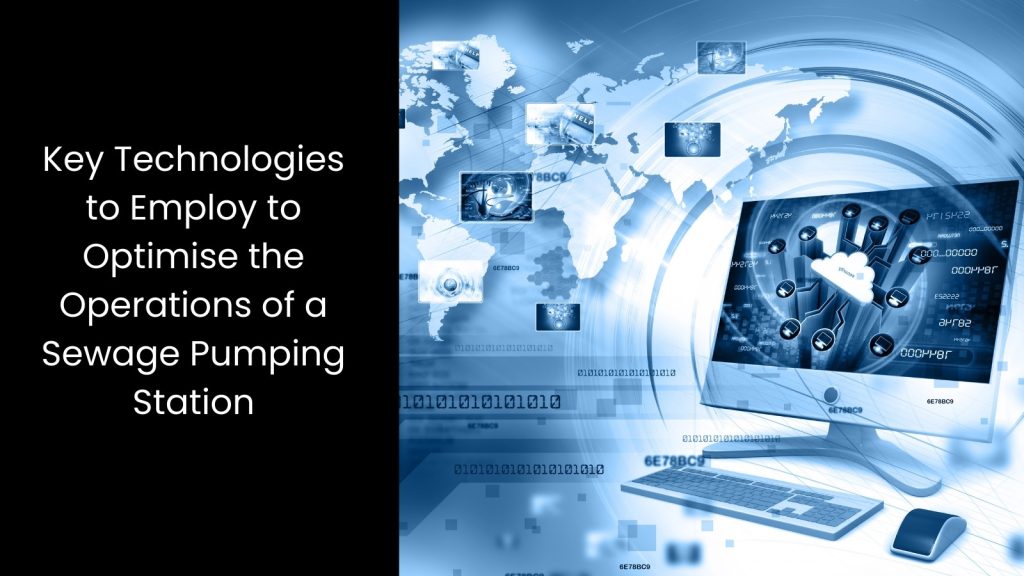
SCADA Systems
Supervisory Control and Data Acquisition (SCADA) systems take centre stage when talking about optimising the operational framework of sewage pump stations.
These systems enable real-time monitoring and control of sewage pumping operations, allowing operators to respond quickly to any issues that arise. If it is possible to integrate SCADA technology, a sewer pump system enhances efficiency, reliability, and safety. SCADA provides operators with a centralised interface where they can monitor various parameters, such as flow rates, pressure levels, and equipment status. This immediate access to data allows for timely decision-making, which can prevent minor issues from escalating into major problems.
Moreover, SCADA systems facilitate automation by controlling the operation of pumps based on real-time data. Operators can set parameters that automatically adjust pump speeds or start and stop pumps as needed, optimising energy usage and reducing operational costs.
Additionally, SCADA systems offer advanced data analysis capabilities. Since it analyses historical data, operators can identify trends and patterns that help in predicting equipment failures and planning maintenance activities. This predictive maintenance approach minimises downtime and prolongs the life of the sewer pump system. Furthermore, SCADA enhances communication between various components of sewage pump stations. It integrates with remote sensors and devices, allowing for seamless data exchange and coordination. This level of connectivity ensures that all parts of the system work together harmoniously, contributing to the overall effectiveness and sustainability of sewage management operations.
These systems enable real-time monitoring and control of sewage pumping operations, allowing operators to respond quickly to any issues that arise. If it is possible to integrate SCADA technology, a sewer pump system enhances efficiency, reliability, and safety. SCADA provides operators with a centralised interface where they can monitor various parameters, such as flow rates, pressure levels, and equipment status. This immediate access to data allows for timely decision-making, which can prevent minor issues from escalating into major problems.
Moreover, SCADA systems facilitate automation by controlling the operation of pumps based on real-time data. Operators can set parameters that automatically adjust pump speeds or start and stop pumps as needed, optimising energy usage and reducing operational costs.
Additionally, SCADA systems offer advanced data analysis capabilities. Since it analyses historical data, operators can identify trends and patterns that help in predicting equipment failures and planning maintenance activities. This predictive maintenance approach minimises downtime and prolongs the life of the sewer pump system. Furthermore, SCADA enhances communication between various components of sewage pump stations. It integrates with remote sensors and devices, allowing for seamless data exchange and coordination. This level of connectivity ensures that all parts of the system work together harmoniously, contributing to the overall effectiveness and sustainability of sewage management operations.
IoT Sensors
Internet of Things (IoT) sensors significantly optimise the operational framework of sewage pumping stations, including stormwater pump stations.
These sensors provide continuous data on flow rates, pressure, and levels, facilitating proactive maintenance and operational efficiency. When deploying IoT sensors throughout the pumping station, operators gain real-time insights into the performance of various components.
For instance, the sensors monitor the flow of sewage and stormwater, helping to identify any blockages or irregularities in the system. If the sensors detect unusual pressure levels, operators receive immediate alerts, allowing them to investigate and resolve potential issues before they escalate into costly problems.
Moreover, IoT sensors improve decision-making by delivering accurate data that operators can analyse. This data helps them assess the effectiveness of the current pumping operations and make necessary adjustments to optimise performance.
These sensors provide continuous data on flow rates, pressure, and levels, facilitating proactive maintenance and operational efficiency. When deploying IoT sensors throughout the pumping station, operators gain real-time insights into the performance of various components.
For instance, the sensors monitor the flow of sewage and stormwater, helping to identify any blockages or irregularities in the system. If the sensors detect unusual pressure levels, operators receive immediate alerts, allowing them to investigate and resolve potential issues before they escalate into costly problems.
Moreover, IoT sensors improve decision-making by delivering accurate data that operators can analyse. This data helps them assess the effectiveness of the current pumping operations and make necessary adjustments to optimise performance.
Automated Control Systems
This certainly has the ability to enhance the functionality of sewer pumps.
Automation of pump controls improves efficiency by adjusting pump operations based on real-time conditions, optimising energy usage, and reducing operational costs. These systems constantly monitor factors such as flow rates, pressure levels, and the volume of wastewater entering the station.
When the control system detects changes, it automatically adjusts the pump speed or the number of active pumps.
For example, during heavy rainfall, the system increases pump activity to handle the surge of stormwater, ensuring that the sewage system operates smoothly without overloading. Conversely, during low flow periods, the system can slow down or deactivate some pumps to conserve energy. This intelligent management not only enhances operational efficiency but also prolongs the life of the sewer pumps.
Automation of pump controls improves efficiency by adjusting pump operations based on real-time conditions, optimising energy usage, and reducing operational costs. These systems constantly monitor factors such as flow rates, pressure levels, and the volume of wastewater entering the station.
When the control system detects changes, it automatically adjusts the pump speed or the number of active pumps.
For example, during heavy rainfall, the system increases pump activity to handle the surge of stormwater, ensuring that the sewage system operates smoothly without overloading. Conversely, during low flow periods, the system can slow down or deactivate some pumps to conserve energy. This intelligent management not only enhances operational efficiency but also prolongs the life of the sewer pumps.
Advanced Filtration Technologies
Implementing advanced filtration systems can reduce wear and tear on pumps by minimising debris and solids entering the pumping system. Did you know this?
These filtration systems act as a barrier that captures large particles, such as sticks, rocks, and other debris, before they reach the pumps. By preventing these materials from entering the sewer pumps, filtration systems help maintain their efficiency and extend their lifespan.
Moreover, cleaner wastewater flow results in better pump performance, reducing the need for frequent maintenance and repairs. Filtration systems also enhance overall system reliability by preventing blockages that can lead to costly downtime.
These filtration systems act as a barrier that captures large particles, such as sticks, rocks, and other debris, before they reach the pumps. By preventing these materials from entering the sewer pumps, filtration systems help maintain their efficiency and extend their lifespan.
Moreover, cleaner wastewater flow results in better pump performance, reducing the need for frequent maintenance and repairs. Filtration systems also enhance overall system reliability by preventing blockages that can lead to costly downtime.
Variable Frequency Drives (VFDs)
Variable Frequency Drives, can optimise the performance of the sewer pump system.
VFDs allow pumps to operate at varying speeds based on demand, improving energy efficiency and extending equipment lifespan. When the flow of sewage changes, such as during peak usage times or heavy rainfall, VFDs adjust the pump speed accordingly.
This flexibility prevents the pumps from running at full capacity when unnecessary, which conserves energy and reduces operational costs.
For instance, during low flow periods, the VFD can slow down the pump, resulting in less energy consumption and decreased wear on the mechanical components.
Additionally, VFDs provide smoother starts and stops, minimising the stress on the pumps and associated systems. This gradual adjustment not only enhances the reliability of the sewage pump stations but also decreases the risk of system failures.
VFDs allow pumps to operate at varying speeds based on demand, improving energy efficiency and extending equipment lifespan. When the flow of sewage changes, such as during peak usage times or heavy rainfall, VFDs adjust the pump speed accordingly.
This flexibility prevents the pumps from running at full capacity when unnecessary, which conserves energy and reduces operational costs.
For instance, during low flow periods, the VFD can slow down the pump, resulting in less energy consumption and decreased wear on the mechanical components.
Additionally, VFDs provide smoother starts and stops, minimising the stress on the pumps and associated systems. This gradual adjustment not only enhances the reliability of the sewage pump stations but also decreases the risk of system failures.
Enhancing the Effectiveness of Sewage Pumping Stations via Right Solutions
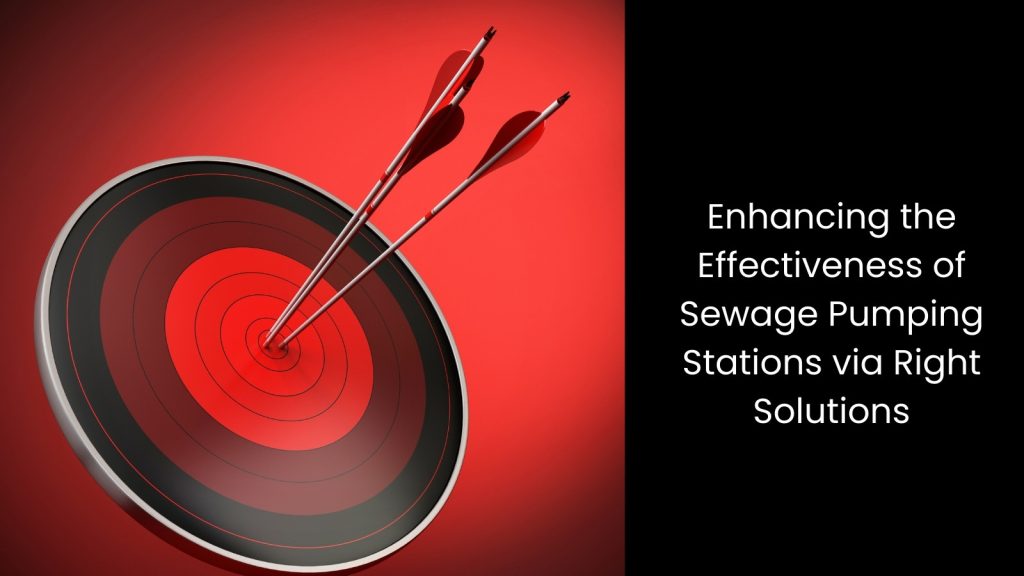
We hope that now you understand the requisite role sewage pumping stations play in maintaining public health and environmental safety. As you can see, if you opt to employ advanced technologies, you can significantly enhance their effectiveness in Australia. It is indeed a good option to go for a comprehensive technology suite that has all the above-mentioned capabilities embedded to address every challenge with confidence.



